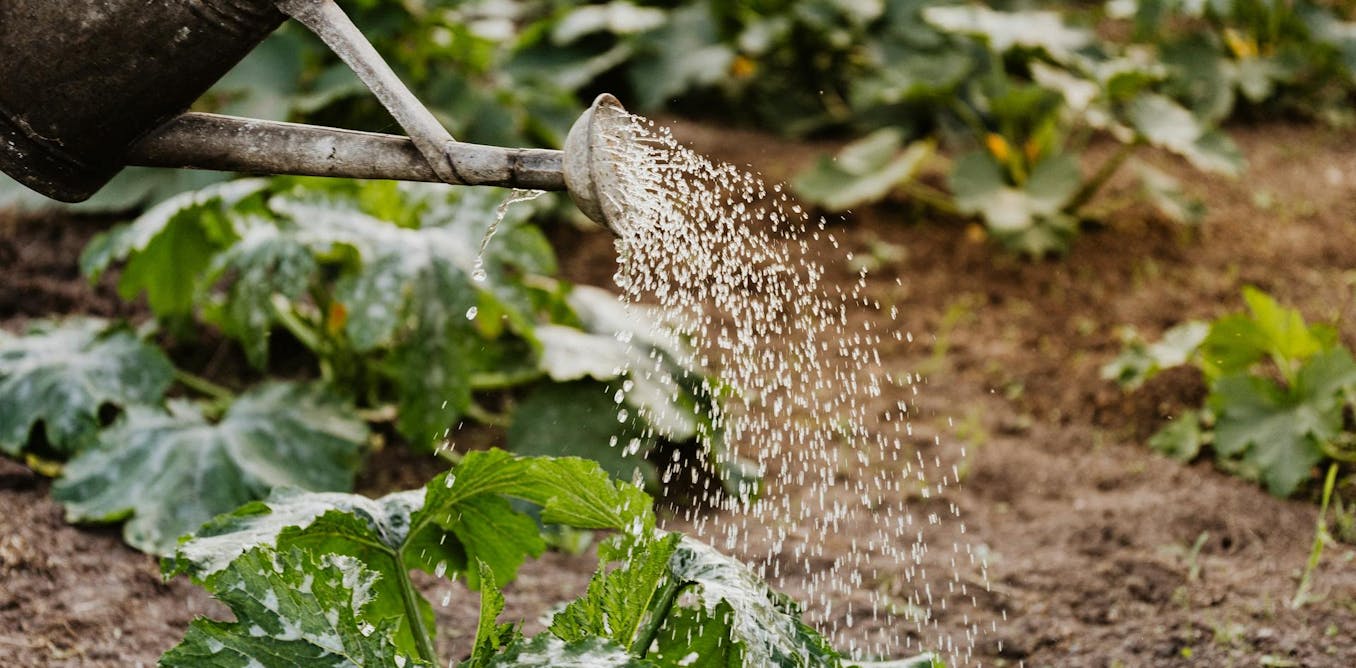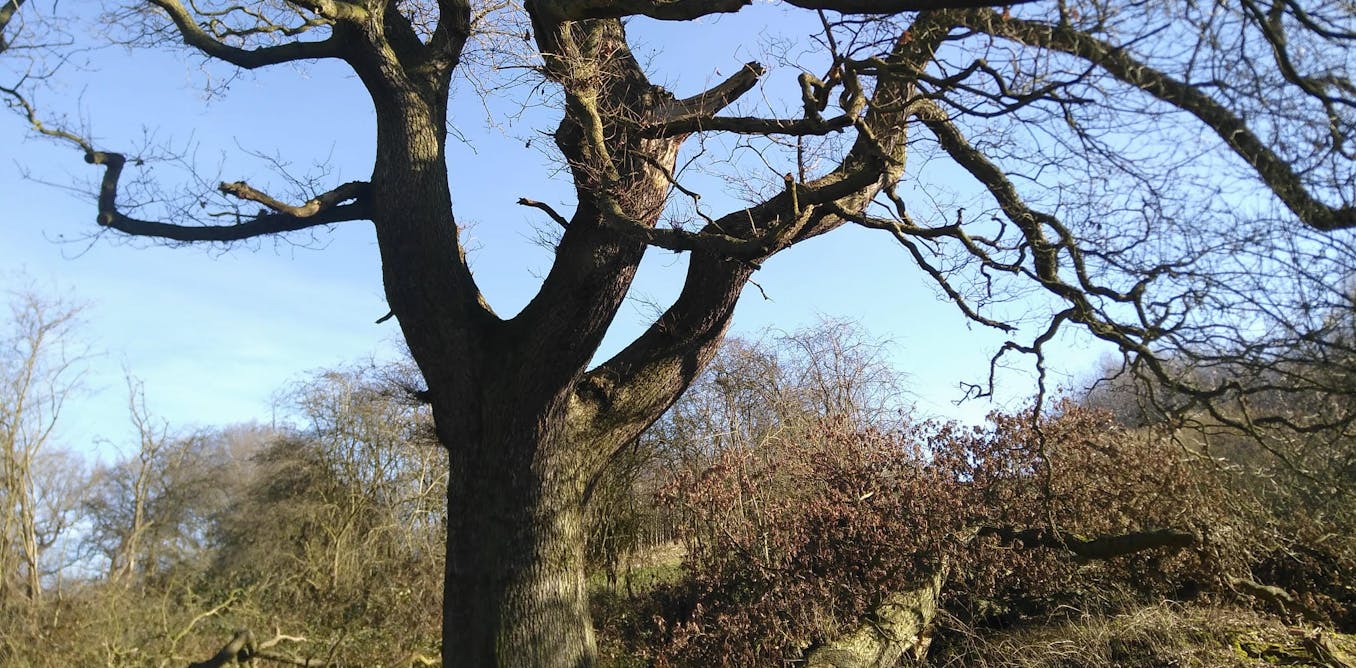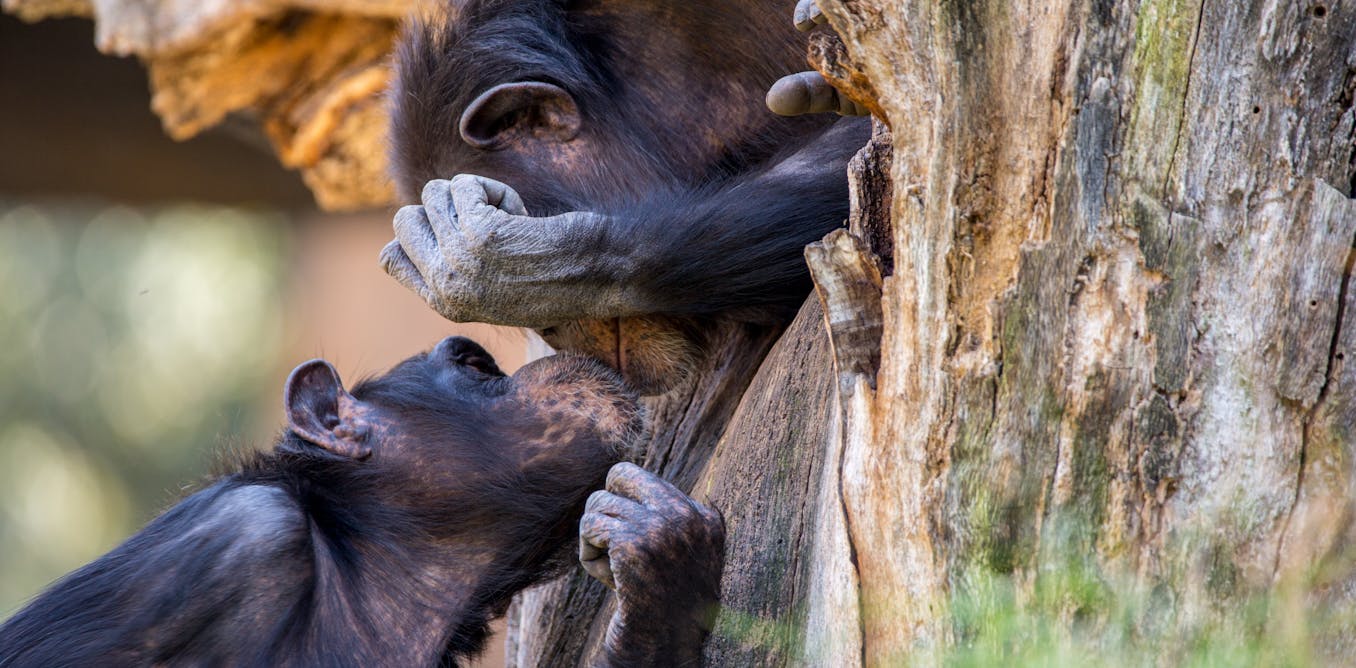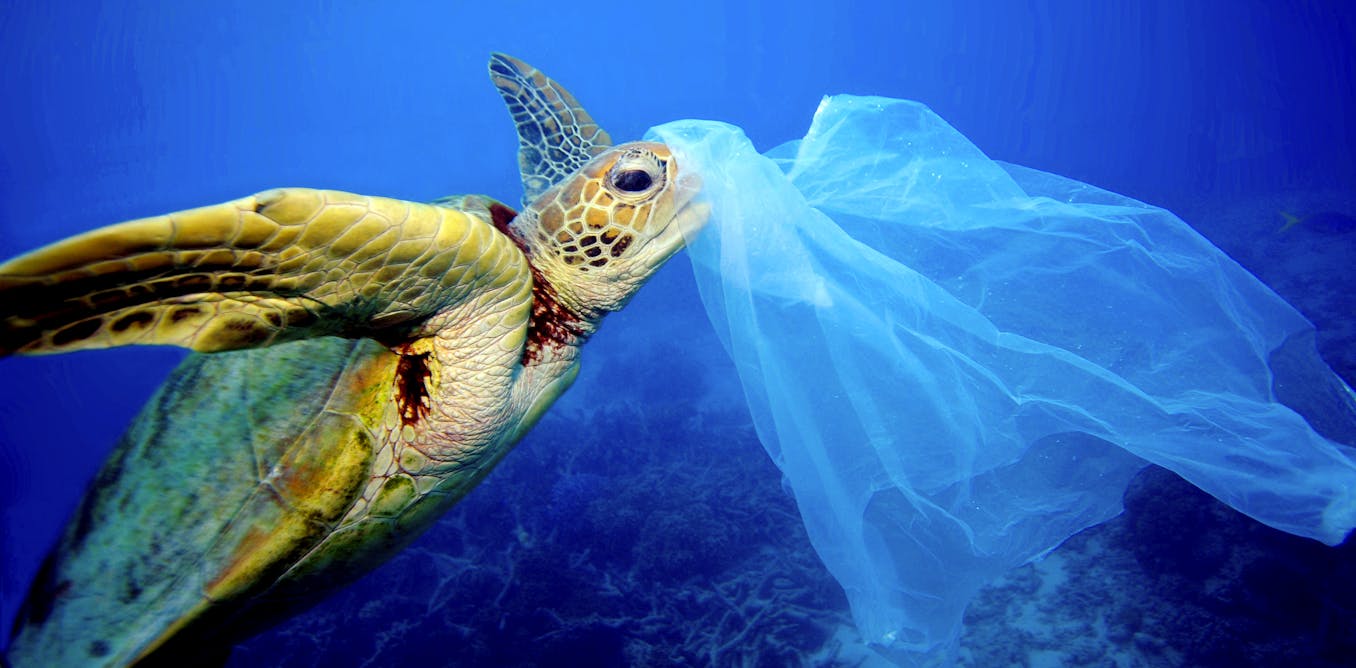Captive chimpanzees are one of the most popular species kept in zoos because of their charismatic appeal and similarity to humans. They are the closest living relatives of humans because of the shared genes and behavioural and psychological similarities.
Zoos are ethically bound to care for the animals they house. Many provide environments that care for animals’ welfare needs. However, the impact of zoo environment on the behaviour, psychology and welfare of animals is sometimes overlooked or poorly understood.
Historically, zoos have been criticised and labelled as “animal prisons”. But based on my experience and research, it’s clear that modern zoos play an important multifaceted role as centres of education, recreation, conservation and research.
Chimpanzees have been the focus of much zoo-based research, including research on their welfare. Most people – researchers, zoo workers and the public alike – assume that providing animals with larger, more “naturalistic” spaces to live in improves their welfare and existing evidence suggests that this is usually the case.
Few studies have focused on the long-term effects of these enclosures, however.
A recent paper I co-authored with colleagues fills this gap. We observed a stable group of eight chimpanzees at Johannesburg Zoo in South Africa five years after their outdoor housing was given a revamp to a more naturalistic design. The chimpanzees benefited from the new enclosure. But they appeared to use the space in an unusual way.
We found that the chimpanzees preferred to spend time in the space that was their original enclosure and that they formed groups that were remarkably tightly spaced.
We suggest that the chimpanzees’ perception of space had been altered by their experience of the previous, smaller, barren housing and that this limited their space use in the naturalistic enclosure through what appears to be a self-imposed “invisible cage”.
The role that the “invisible cage” might play in other settings is unclear. However, we believe our findings have implications for animal welfare, husbandry and broader conservation of endangered species.
Our paper shows that zoo-based research can teach us about the needs of animals in our care, and how their environment and experiences shape their biology and behaviour. It can even give us a glimpse into their minds and perceptions.
Enclosures
The Johannesburg Zoo turns 120 years old in 2024. Located in Saxonwold in Johannesburg, the zoo covers an area of 55 hectares and is the second-largest zoo in South Africa. It hosts 320 species of animals and is a member of the World Association of Zoos and Aquariums.
In 2004, the chimpanzee outdoor enclosure at the Johannesburg Zoo which was built in the 1970s was extensively upgraded. The chimpanzee space was increased from a pair of concrete and wood enclosures, each measuring 10 metres by 10 metres, to a large, naturalistic enclosure encompassing about 2,500 square metres of grass, shrubs, trees, rocks and streams, occupying the same site as the previous housing. Most of the chimpanzees had lived their entire lives in the old enclosures while two had only lived there for a few years.
Upgrades to naturalistic designs have become the standard for zoos. They are often followed by evaluations to determine how the new space affects the welfare of the animals. Such evaluations typically find that welfare is improved with naturalistic enclosures. This was true at the Johannesburg Zoo too. Chimpanzees exhibited persistent beneficial changes in behaviour, such as decreased abnormal or repetitive behaviour, suggesting improved welfare in their naturalistic enclosure.
Our study started in 2009, five years after the overhaul of the enclosure. In this study, the chimpanzees appeared to use all of the enclosure to some degree but showed a preference for the area where the previous enclosure had been.
Curiously, the chimpanzees also appeared to exhibit a strong tendency to form tightly spaced groups which matched the exact dimensions of the previous housing. These groups formed regardless of when or where in the enclosure the chimpanzees were, the environmental conditions at the time or which individual chimpanzees were involved.
This unusual pattern had not previously been reported and appeared contrary to what might be expected for a group of animals which had lived in such a large space for five years. This space-use behaviour appeared to reflect a perceived, self-imposed, intangible barrier to the spacing of the chimpanzees, as if an invisible cage surrounded the groups.
Animal welfare and the use of space
Space use is difficult to interpret in terms of animal welfare because it is often context-dependent and so is usually ignored when doing evaluations after an enclosure overhaul. When an animal chooses to use a small amount of space it may be because the space is attractive and meets their welfare needs. However, an animal may choose to remain in a small area because the larger space is perceived as unpleasant or even dangerous.
For the chimpanzees, nothing suggested that the spacing pattern indicated distress or compromised welfare. Other aspects of the chimpanzees’ behaviour suggested improved welfare in the naturalistic enclosure. Instead, it appeared that the invisible cage reflected a persistent psychological barrier, learned in the previous housing and then imposed in the naturalistic enclosure years later.
These findings mirror a psychological effect termed “learned helplessness” seen in many species, including humans. In situations where individuals are helpless or lack control, they learn that their actions cannot affect the outcome. This perception is carried into later situations where they can affect the outcome, acting as though still helpless.
Further research is needed to understand the welfare implications and broader application of these findings. However, they highlight some important issues around the role of zoos and how zoos affect species conservation.
The importance of zoos
Zoos help raise awareness around conservation issues. They also provide a haven for species under threat. Many facilities breed and reintroduce these species into nature. The Johannesburg Zoo particularly has several conservation programmes, including a breeding programme for the endangered Pickersgill’s reed frog.
As sanctuaries sustaining threatened populations, zoos actively conserve biodiversity on many ways (creating gene banks, breeding animals and conserving biological and behavioural diversity) while providing critical access to rare species for observation and research.
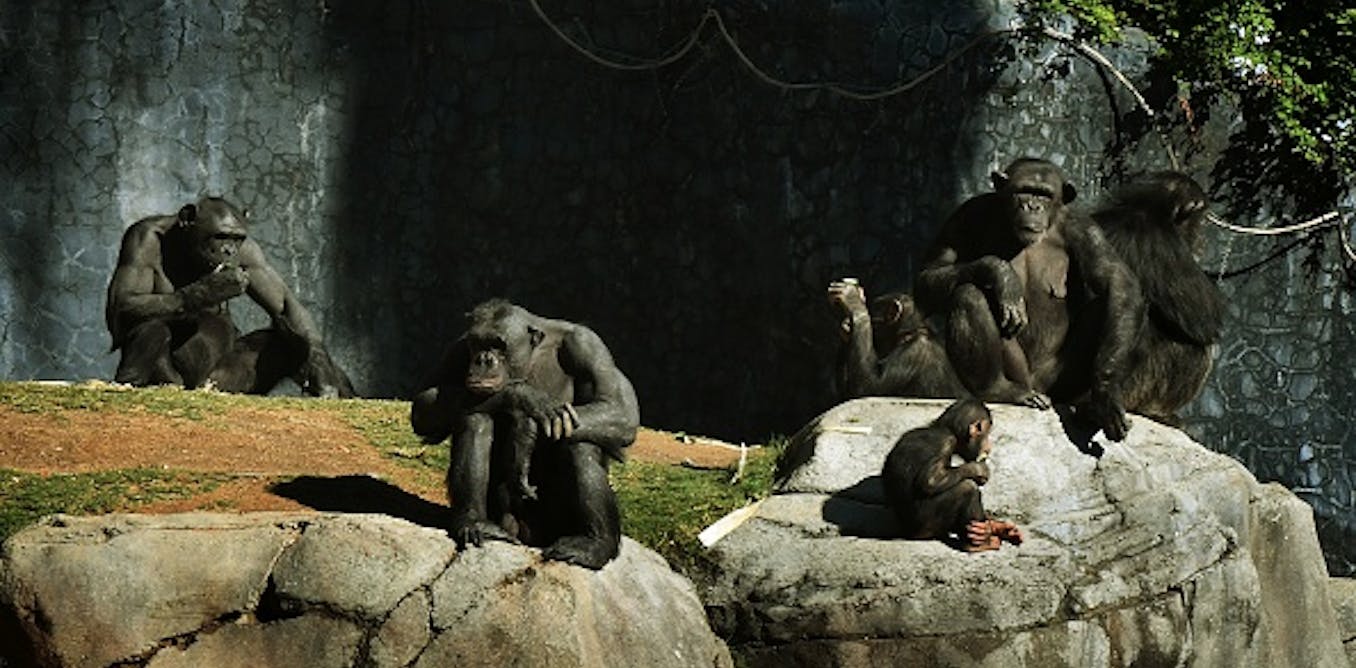
The post “Chimpanzees stayed in an ‘invisible cage’ after zoo enclosure was enlarged – South African study” by Luke Mangaliso Duncan, Postdoctoral Fellow, University of Warwick was published on 03/20/2024 by theconversation.com









